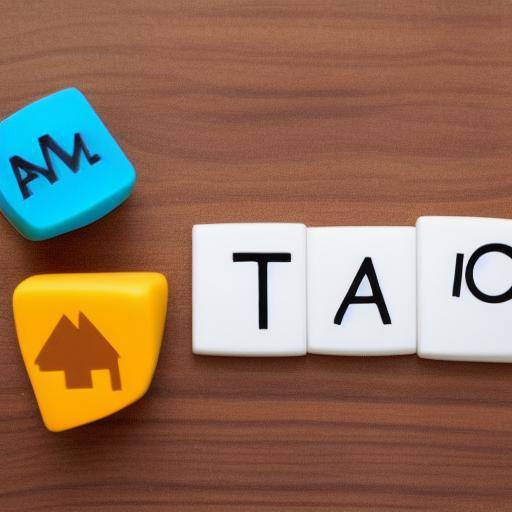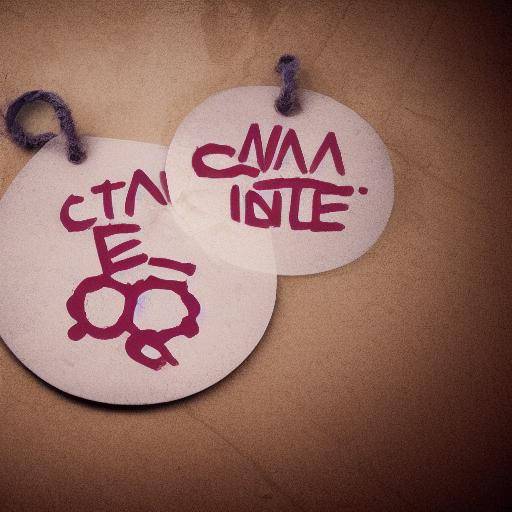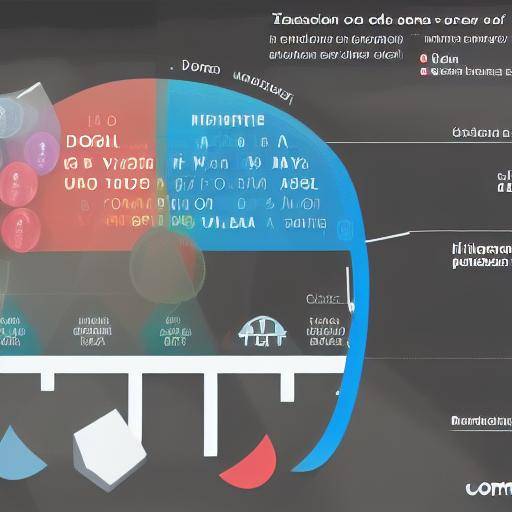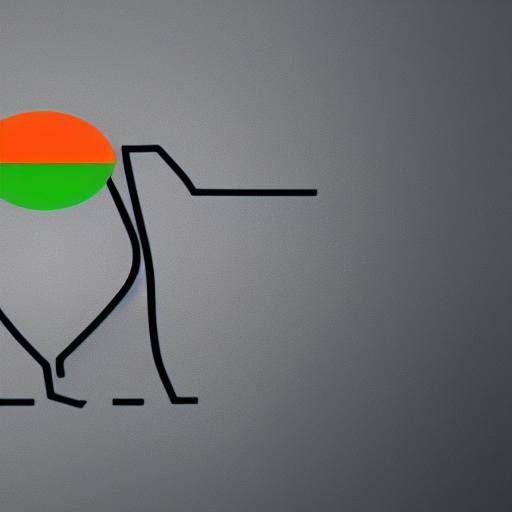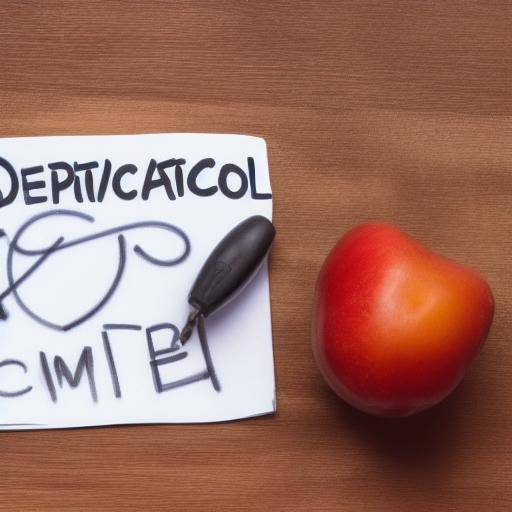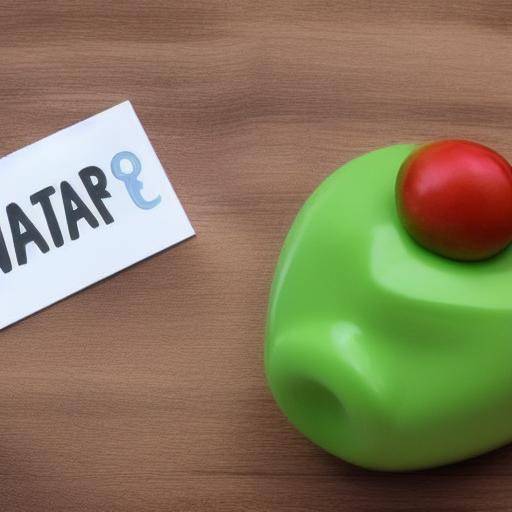
The decision matrix finds applications in a wide range of scenarios, from the selection of business projects to important personal decisions. Then we explore some of your most common applications and how you can effectively use them in each context.
Applications in the Company
- Project Selection: Companies often face the task of selecting between multiple projects. The decision matrix allows to evaluate each project based on criteria such as cost, investment return, implementation time and alignment with strategic objectives.
- Staff recruitment: In the candidate selection process, criteria such as experience, skills, cultural compatibility and salary expectations can be used to make an informed decision about the best candidate for the job.
- Procurement of equipment: When it comes to investing in new equipment or technology, the decision matrix can help compare options based on factors such as cost, functionality, maintenance and technical support.
Personal applications
- Financial decisions: In personal financial planning, the decision matrix can be useful in choosing between different investment options, considering factors such as risk, expected performance, liquidity and time horizon.
- Race Choice: When evaluating different career paths, criteria such as job satisfaction, growth opportunities, salary, work-life balance, and location can be considered.
- Housing purchase: In buying a house, factors such as price, location, size, nearby amenities and revaluation potential can be weighted to make the best decision.
Comparative analysis
Compare the decision matrix with other decision-making tools can highlight its strengths and limitations. The decision matrix is then compared to other common methods:
- Pros and Contras: While pros and cons analysis focuses on enumerating the positive and negative aspects of each option, the decision matrix provides a more quantitative structure, allowing a more objective and weighted comparison.
- FODA Analysis: The analysis of Fortresses, Opportunities, Weaknesses and Threats (FODA) is useful in assessing the internal and external circumstances of a decision. The decision matrix, on the other hand, is more specific to directly evaluate and compare available options.
- Decision diagrams: Decision diagrams are useful to visualize the different possible routes and their consequences. The decision matrix complements this tool by providing a detailed and weighted evaluation of the options.
Practical Tips and Concrete Actions
To effectively use the decision matrix, consider the following steps:
- Define the Problem: Clearly identify the problem or decision you need to make.
- List Options: Make a list of all available options.
- Establish the Criteria: Determine the criteria that are important to the decision. These may vary depending on the context and personal or organizational priorities.
- Assigning Ponders: Attends a weight at each criterion according to its relative importance. This can be a percentage or a numerical scale.
- Evaluate Options: Attend a score to each option according to each criterion. Multiply the scores by weights and add the results to get a total score for each option.
- Analyze Results: Compare total scores and choose the option with the highest score.
- Review and Adjust: Review the process and adjust the weights or scores if necessary. Make sure all stakeholders agree with the criteria and weights used.
Industry Perspectives and Expert Reviews
Experts in business management and organizational psychology have supported the use of the decision matrix as an effective tool for making complex decisions. According to John P. Kotter, emeritus professor at Harvard Business School, "the structure and objectivity provided by the decision matrix can help organizations avoid prejudice and make decisions more aligned with their strategic objectives."
Case Studies and Practical Applications
- Case Study in a Technology Company: A technology company used the decision matrix to select a new project management software. They evaluated options based on criteria such as cost, ease of use, functionality and technical support, resulting in an informed choice that significantly improved their operational efficiency.
- Case Study in Personal Financial Planning: An individual used the decision matrix to choose between several investment options. Considering factors such as risk, expected performance and liquidity, he was able to make a decision that better aligned with his long-term financial objectives.
Future Trends and Predictions
With the advancement of technology, the integration of decision-making tools such as the decision matrix with data analysis software and automatic learning is booming. This will allow an even more accurate and rapid assessment of complex options, facilitating more informed and strategic decisions in real time.
Conclusion and FAQs
The decision matrix is a valuable tool that can transform the way we approach decision-making, both in personal and professional contexts. By providing a clear and objective structure, it facilitates the evaluation of options and the selection of the best alternative.
Frequently asked questions
**1. What is a decision matrix?**A decision matrix is a tool that helps to evaluate and compare different options based on weighted criteria, providing a structured and objective vision for decision-making.
**2. How is a decision matrix used?**It is used by listing the options, establishing the evaluation criteria, assigning weights to the criteria, evaluating each option according to these criteria and adding scores to determine the best option.
**3. What are the benefits of using a decision matrix?**Benefits include objective evaluation of options, reduction of personal bias, facilitation of consensus in group decisions and greater clarity in the decision-making process.
**4. When should I use a decision matrix?**It is useful for complex decisions where there are multiple options and criteria to consider, both in personal contexts (such as financial decisions) and professional (such as project selection or staff recruitment).
**5. Can challenges arise when using a decision matrix?**Yes, some challenges include obtaining accurate data, assigning correct weights to criteria and interpretation of results.
**6. How can technology improve the use of the decision matrix?**Technology can integrate data analysis and automatic learning tools to provide more accurate and faster assessments, facilitating more informed and strategic decisions.
Taking the decision matrix as part of your decision-making process can help you face uncertainty with greater confidence and choose the best alternatives for your goals.



